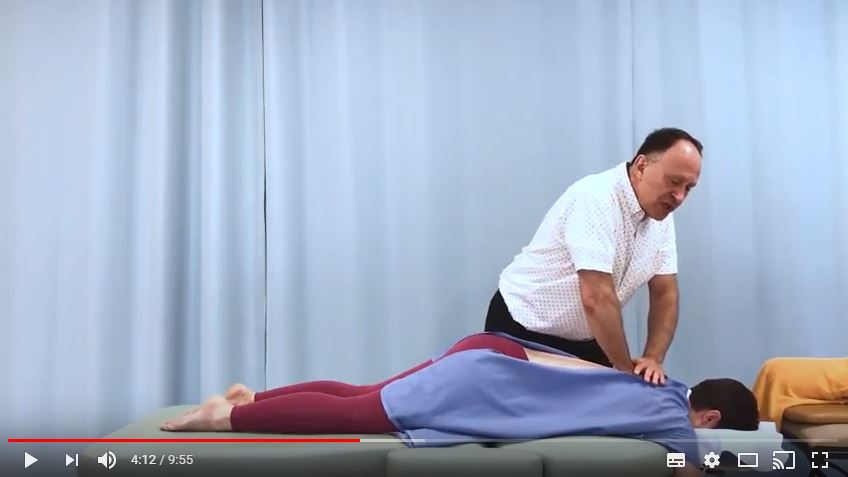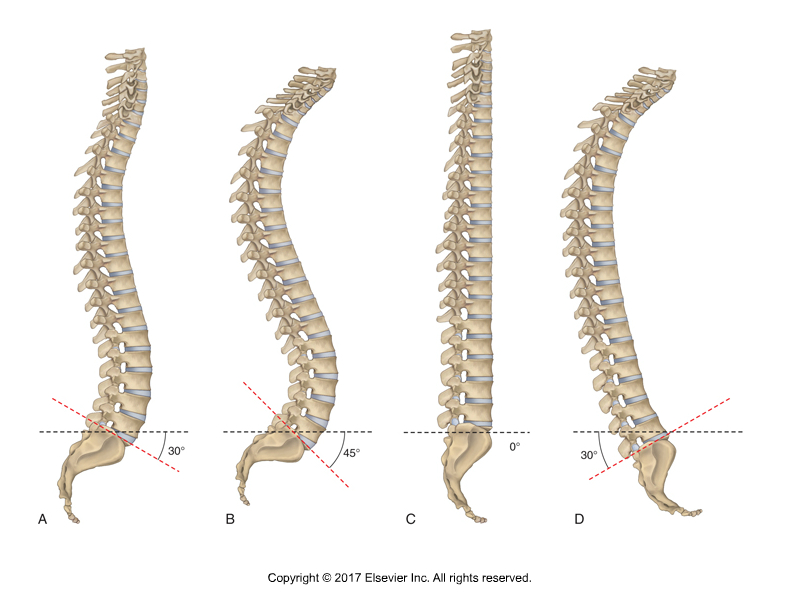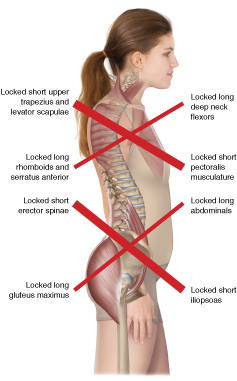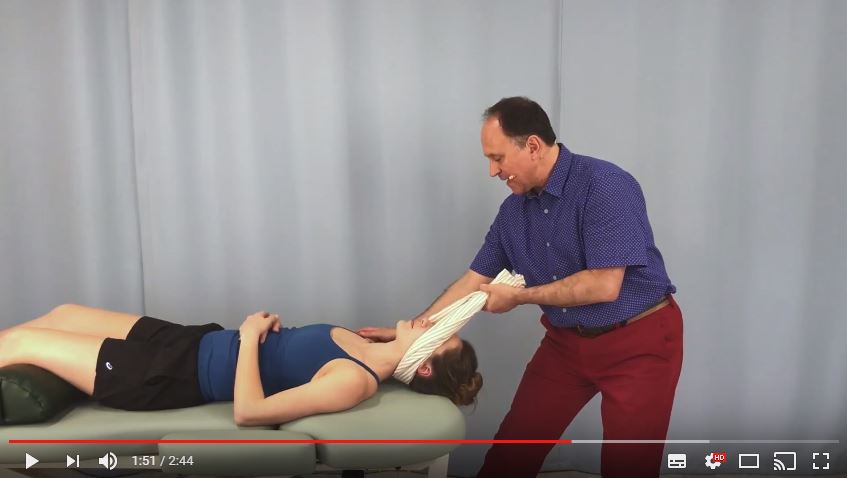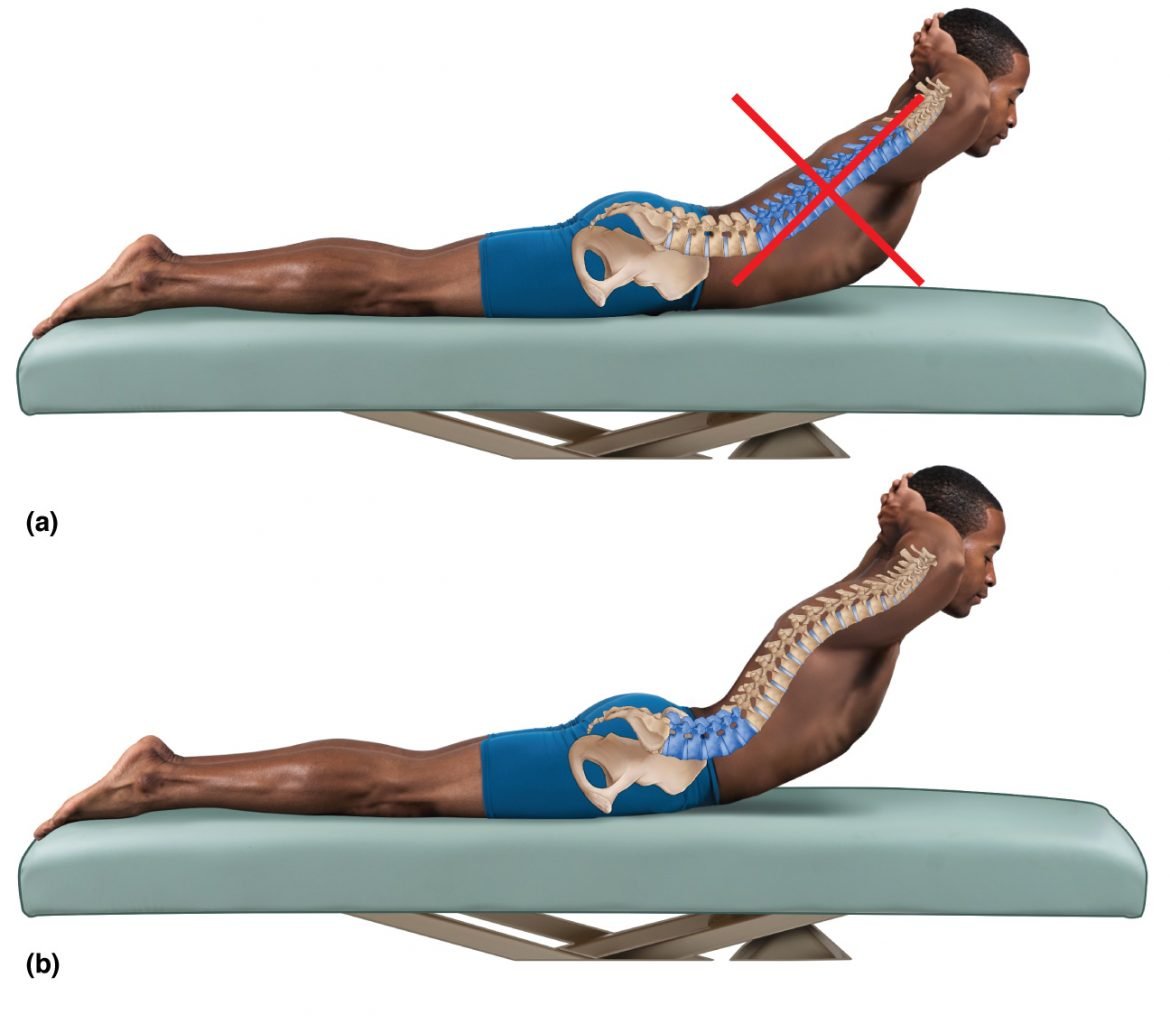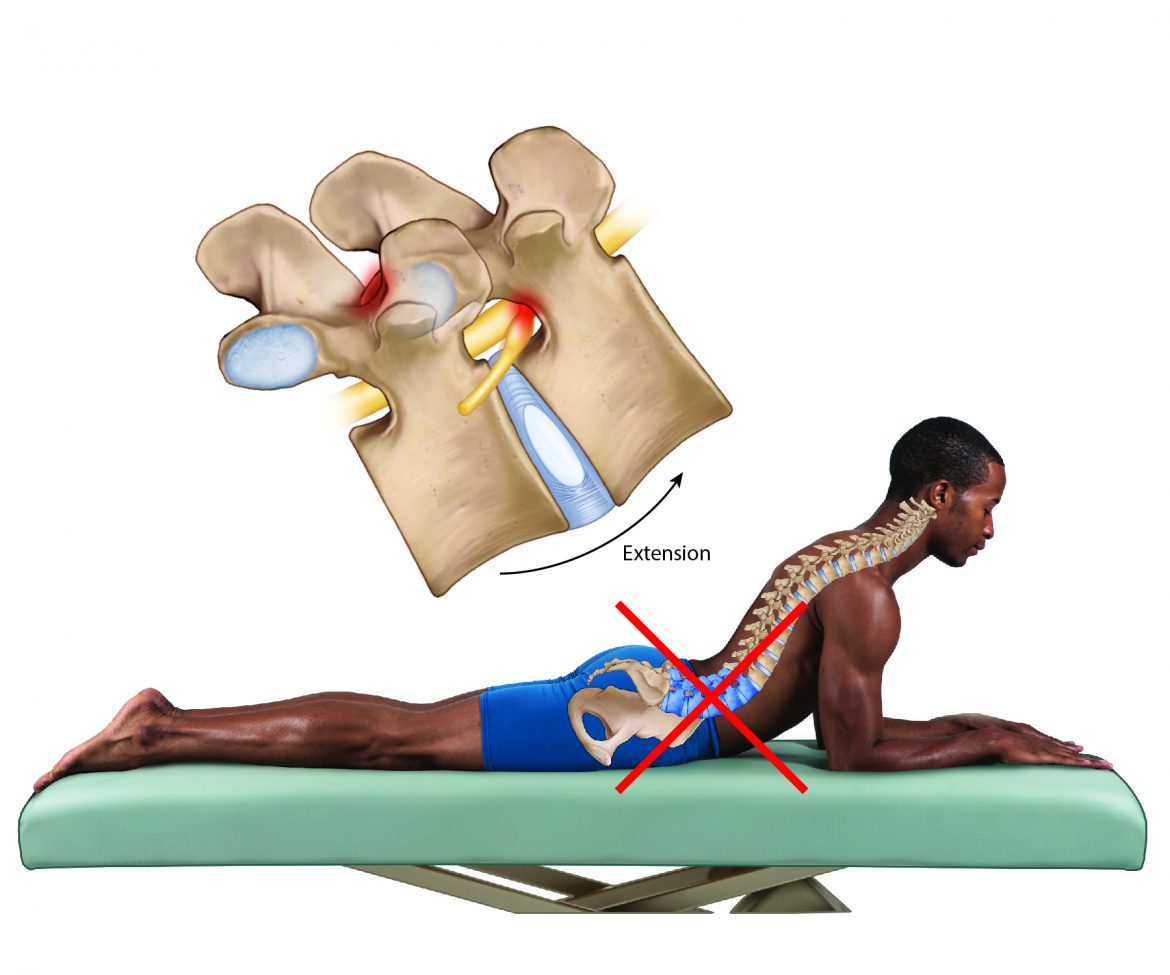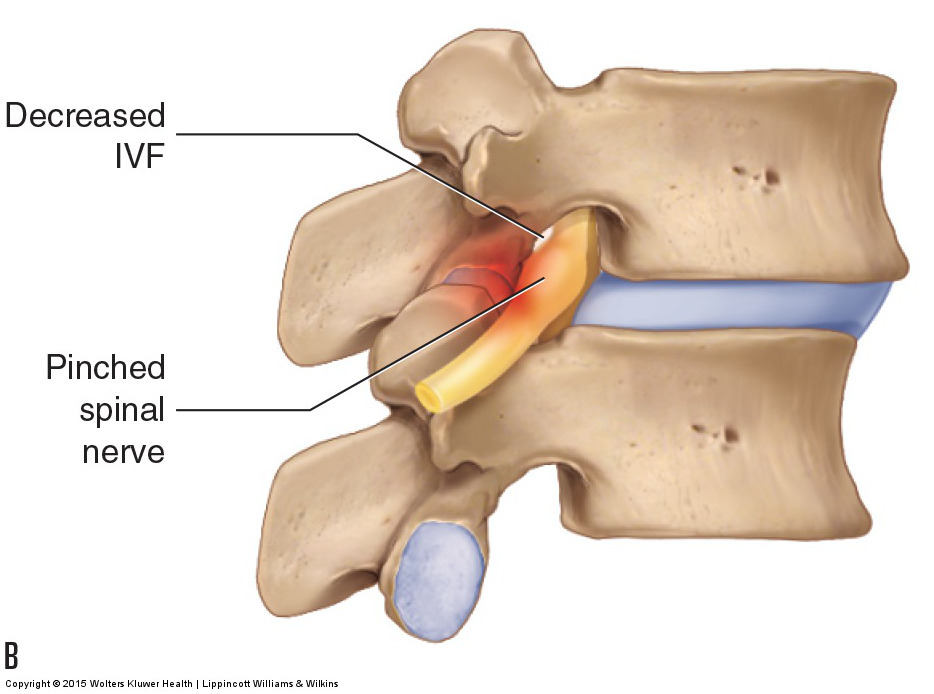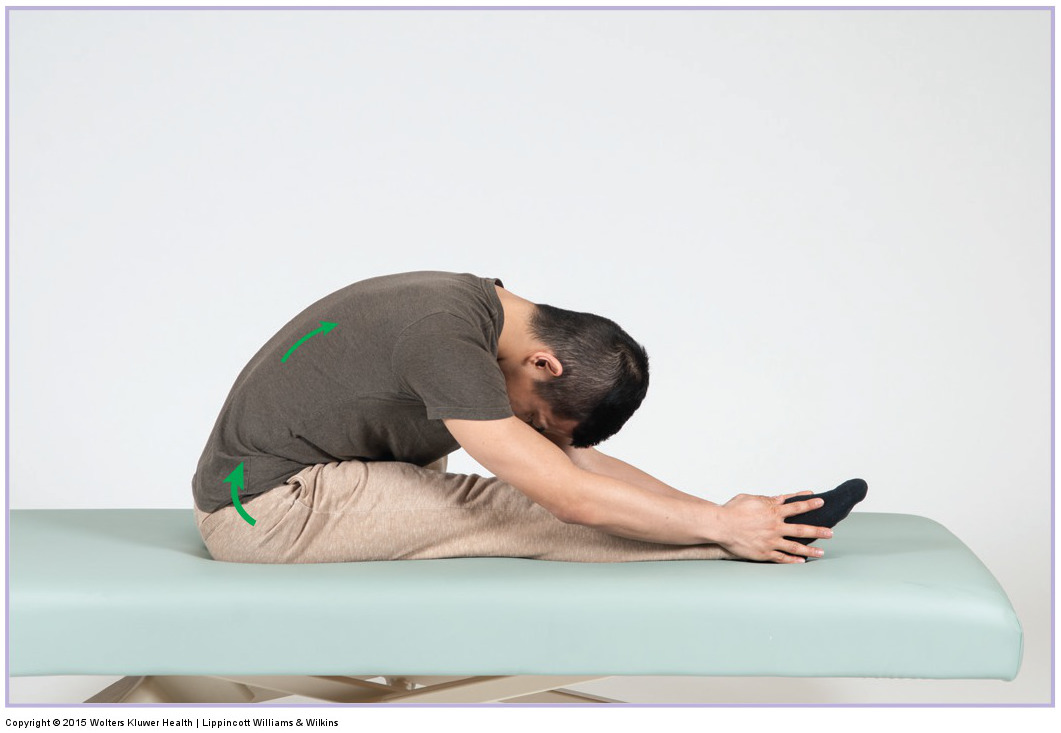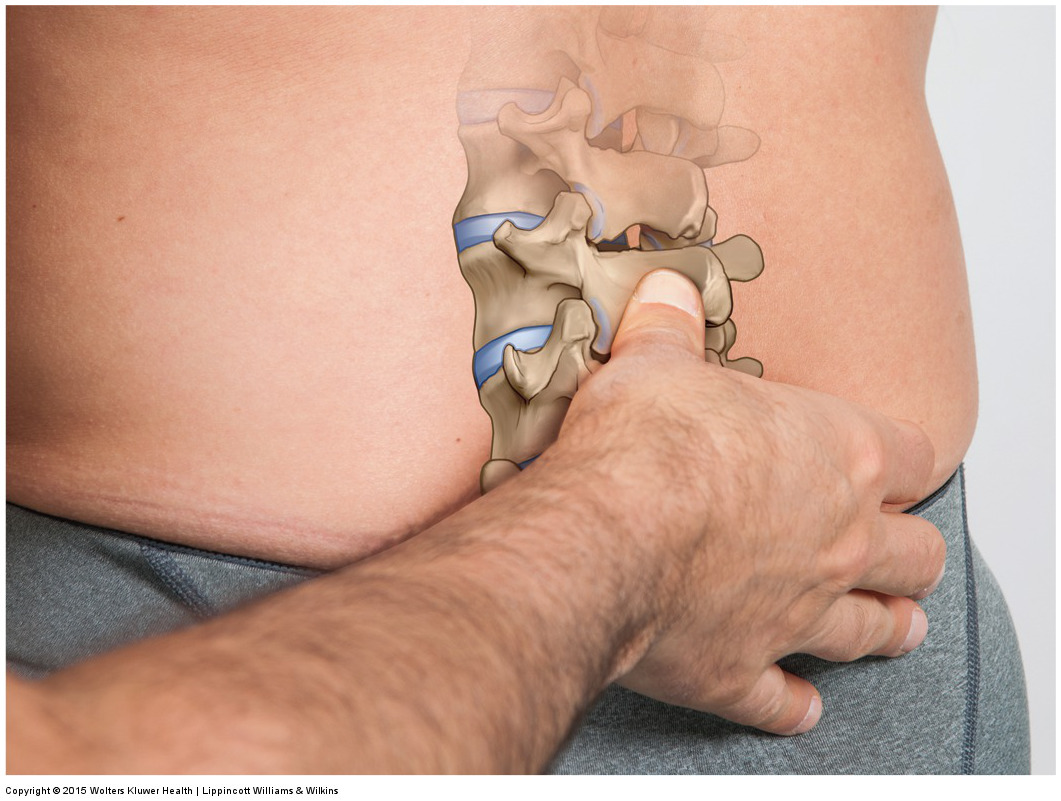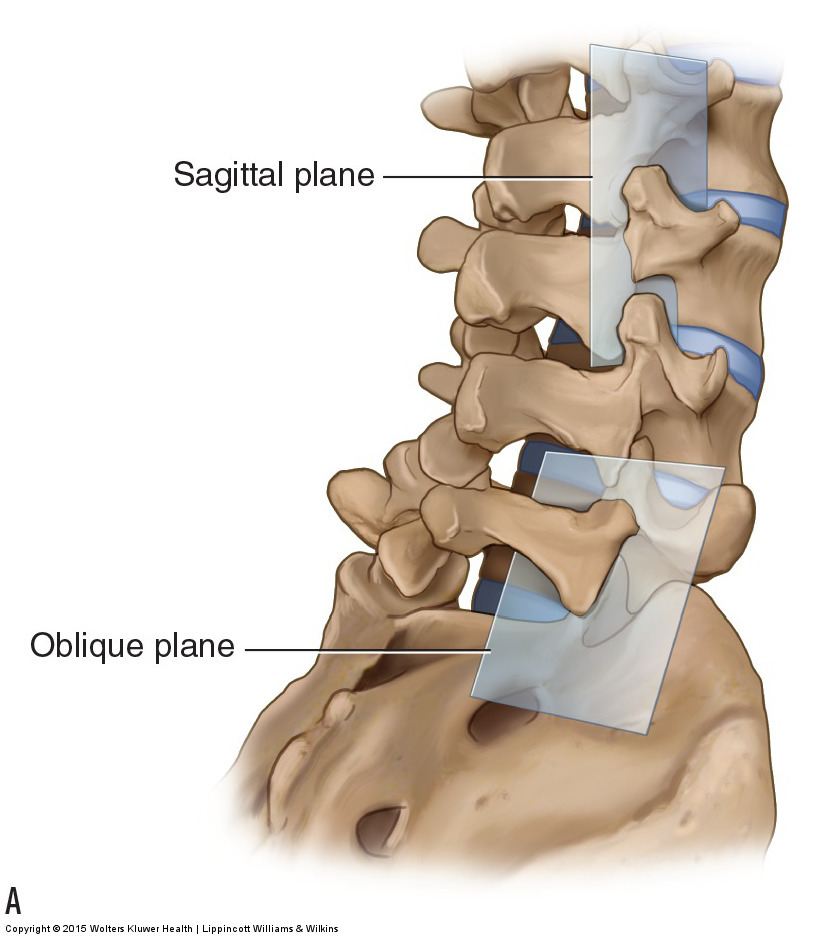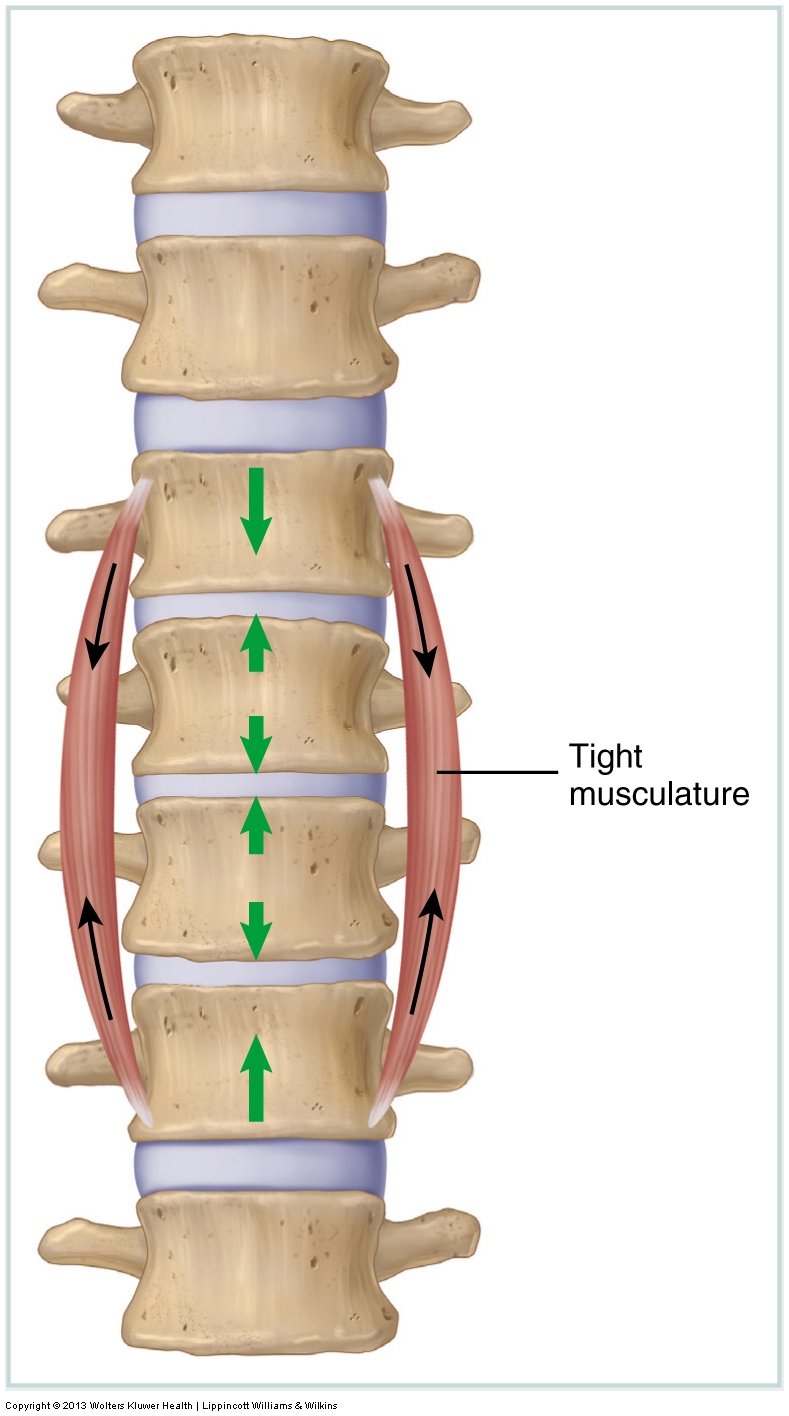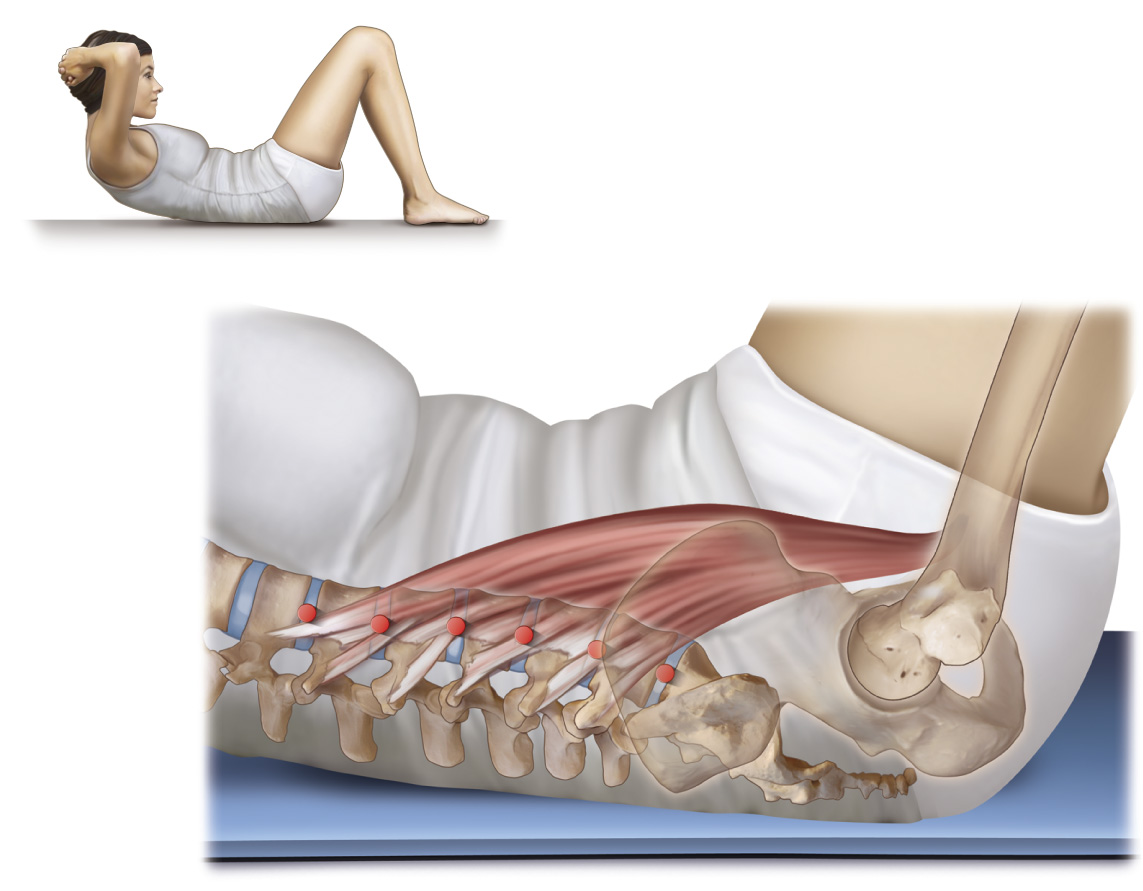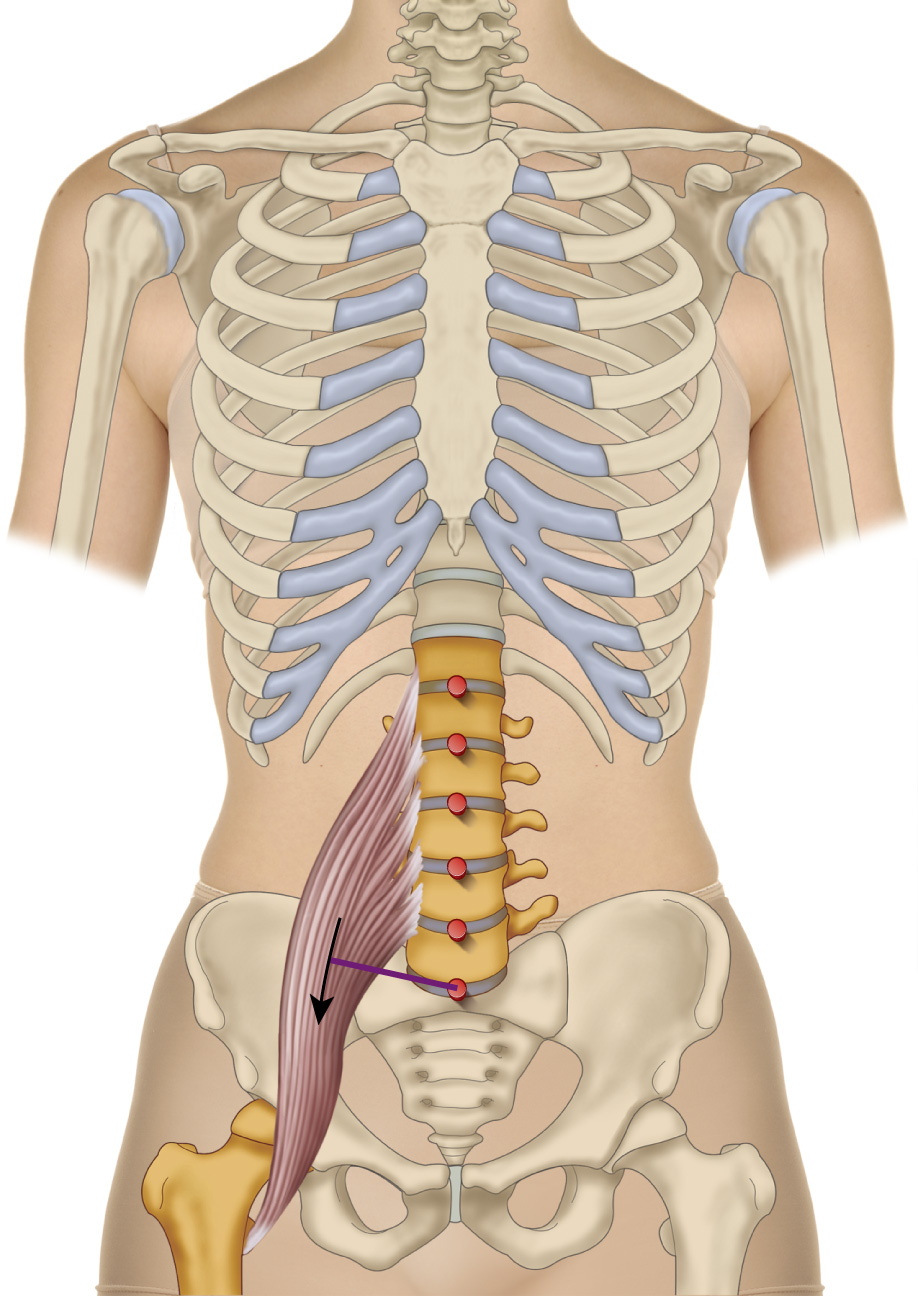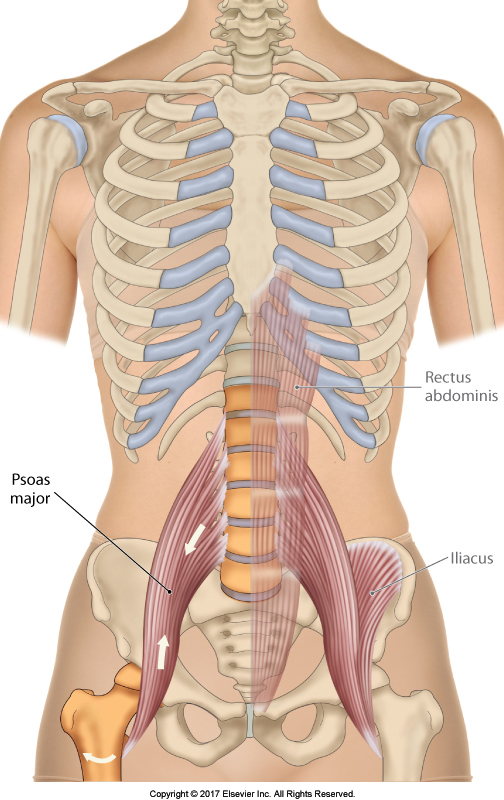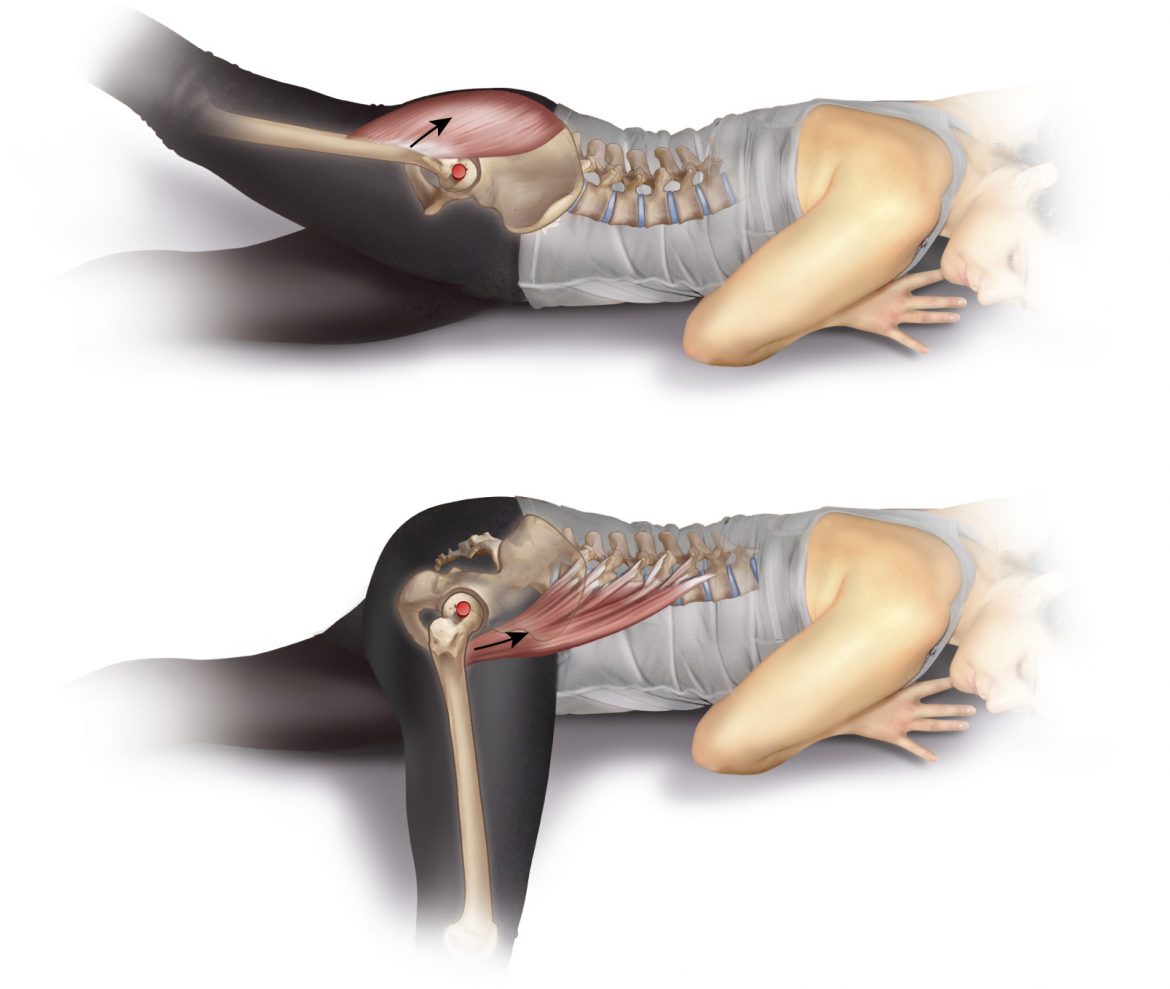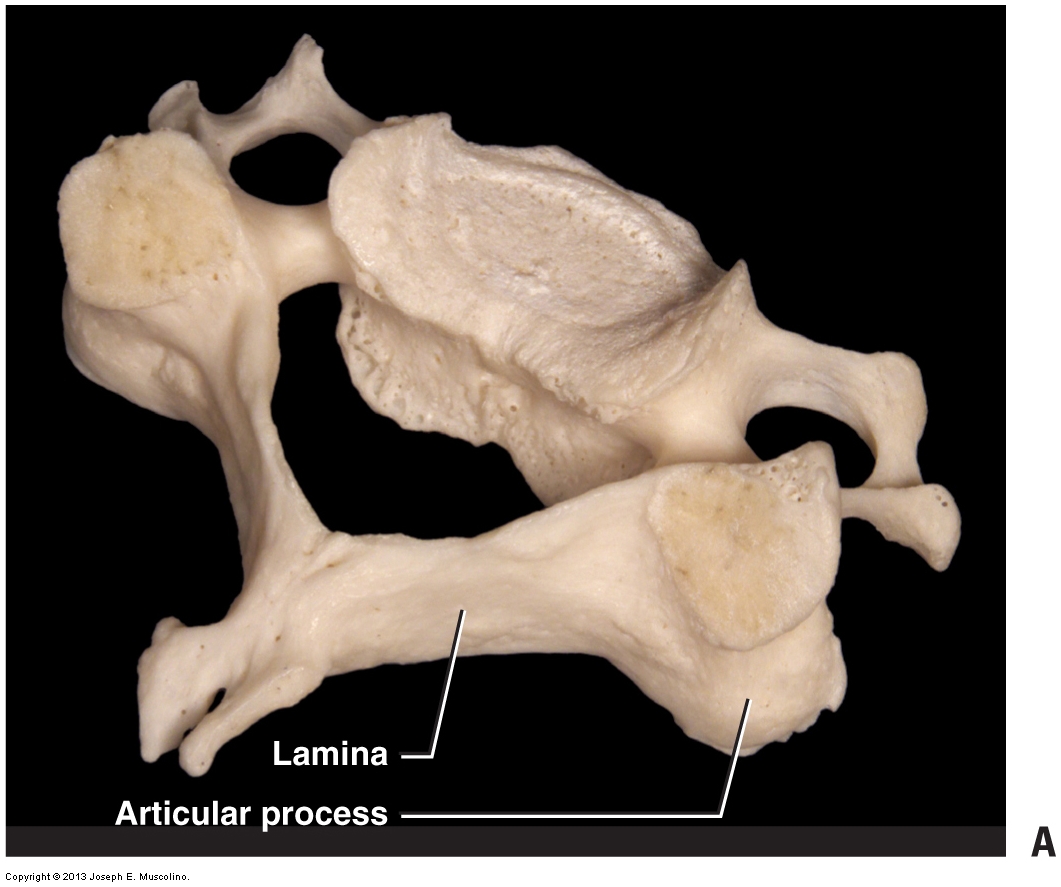Thoracic dishing is a postural distortion pattern in which a part of the thoracic spine has a reverse curve of lordosis (extension) instead of the usual kyphosis (flexion). In this free Digital COMT video, Dr. Joe Muscolino explains this condition and how to treat it with manual therapy. Enjoy!
Elongation of the Spine
Elongation of the spine is often spoken of by Pilates instructors. But what exactly is elongation of the spine and how is it achieved biomechanically?
Thoracic Hyperkyphosis – The Critical Component of Upper Crossed Syndrome
For most of our clients who present with the postural distortion pattern known as upper crossed syndrome, it is important, perhaps absolutely necessary, to include thoracic spinal joint mobilization technique into extension as part of the treatment plan to address the thoracic hyperkyphosis.
FREE DCOMT video – One Handed Towel Traction for the Neck with Shoulder Girdle Stabilization
Traction for the cervical spine is indicated for the client with a pinched nerve in the neck because it opens up the intervertebral foramina to decompress the spinal nerves. Dr. Joe Muscolino demonstrates how to easily perform neck traction using a towel.
Stretching and Strengthening the Spinal Curves
The spine is an incredible structure, with both great stability but also tremendous mobility in all three cardinal planes.
Introduction to Assessment of the Low Back and Pelvis
Treatment should never be administered without a diagnosis. In the world of manual therapy, treatment should only be performed if an assessment is made.
Scoliosis
Scoliosis is a lateral flexion deformity of the spine. The spine should have curves in the sagittal plane, but a frontal plane curve is a scoliosis.
Spondylolisthesis
Spondylolisthesis is a condition of the spine in which one vertebra slips on the vertebra below it. This condition usually occurs in the lumbar spine.
Feeling back stiffness may be all in the head, not in the back
Feelings of back stiffness may be a subjective protective construct of the mind, rather than reflecting objective biomechanical properties of the back.
Lumbar Spine Joint Dysfunction
The two most common causes of a hypomobile joint dysfunction are tight muscles, especially smaller, deeper intrinsic muscles, and fibrous adhesions.
Joints of the Lumbar Spine (disc & facet) and Pelvis
In the lumbar spine, three joints are located between each two adjacent vertebrae: one disc joint and two paired (left and right) facet joints.
Psoas Major Function: Stabilization of the Spine by the Psoas Major
A healthy joint is both mobile and stable. However, some sources are concerned about the psoas major’s compression/stabilization effect upon the spine.
Psoas Major Function: Spinal Joint Actions – Sagittal Plane
The psoas major’s sagittal plane lumbar spine joint action is by far its most controversial function. The term “psoas paradox” describes this controversy.
Psoas Major Function: Spinal Joint Actions – Frontal and Transverse Planes
The frontal plane spinal action of the psoas major is fairly clear; it crosses the spinal joints laterally, so it lateral flexes the spine to that side.
Psoas Major Function: Biomechanics of the Psoas Major
The psoas major is first and foremost, a muscle of the hip joint; however it is more complicated because it also crosses the spinal joints.
Psoas Major Function: Introduction & Muscle Biomechanics
The Psoas Major may hold the distinction of being the most important as well as the most misunderstood muscle in the human body.
Introduction to the Cervical Spine
It is extremely important to be able to locate and palpate the laminar groove of the cervical spine because the thickest musculature is located there.

